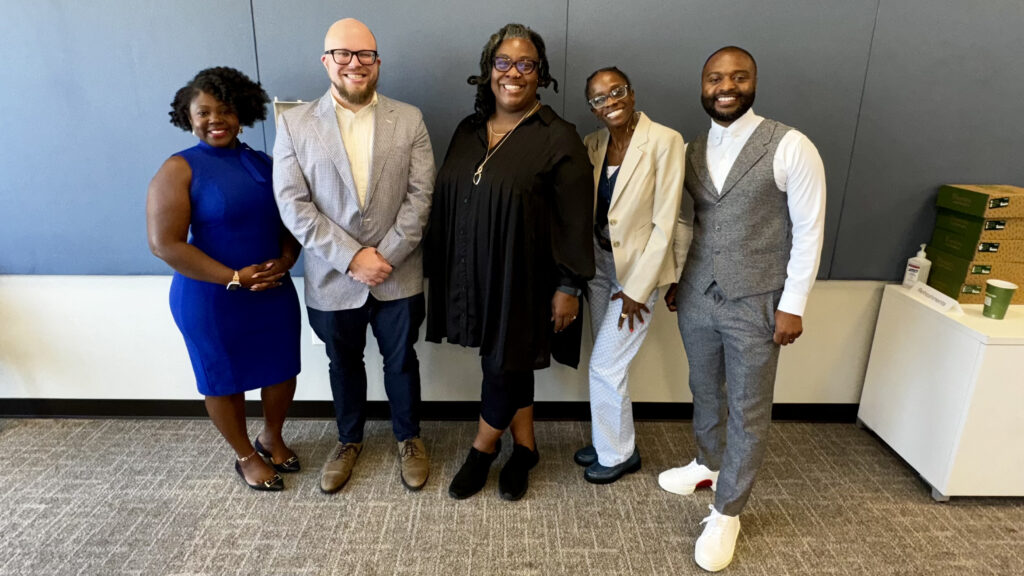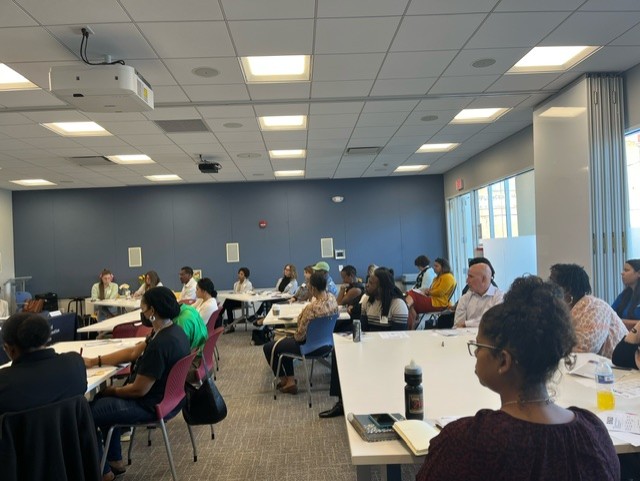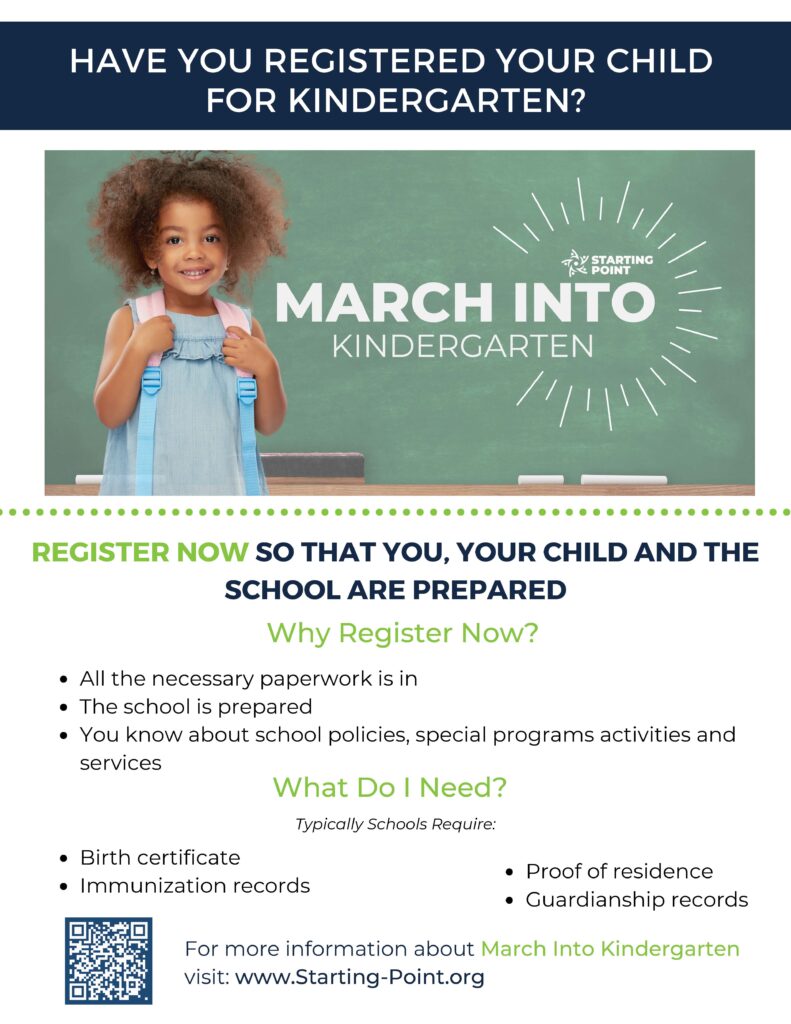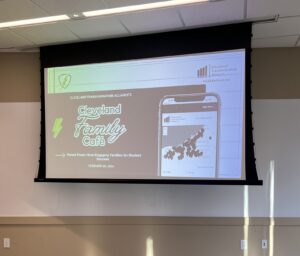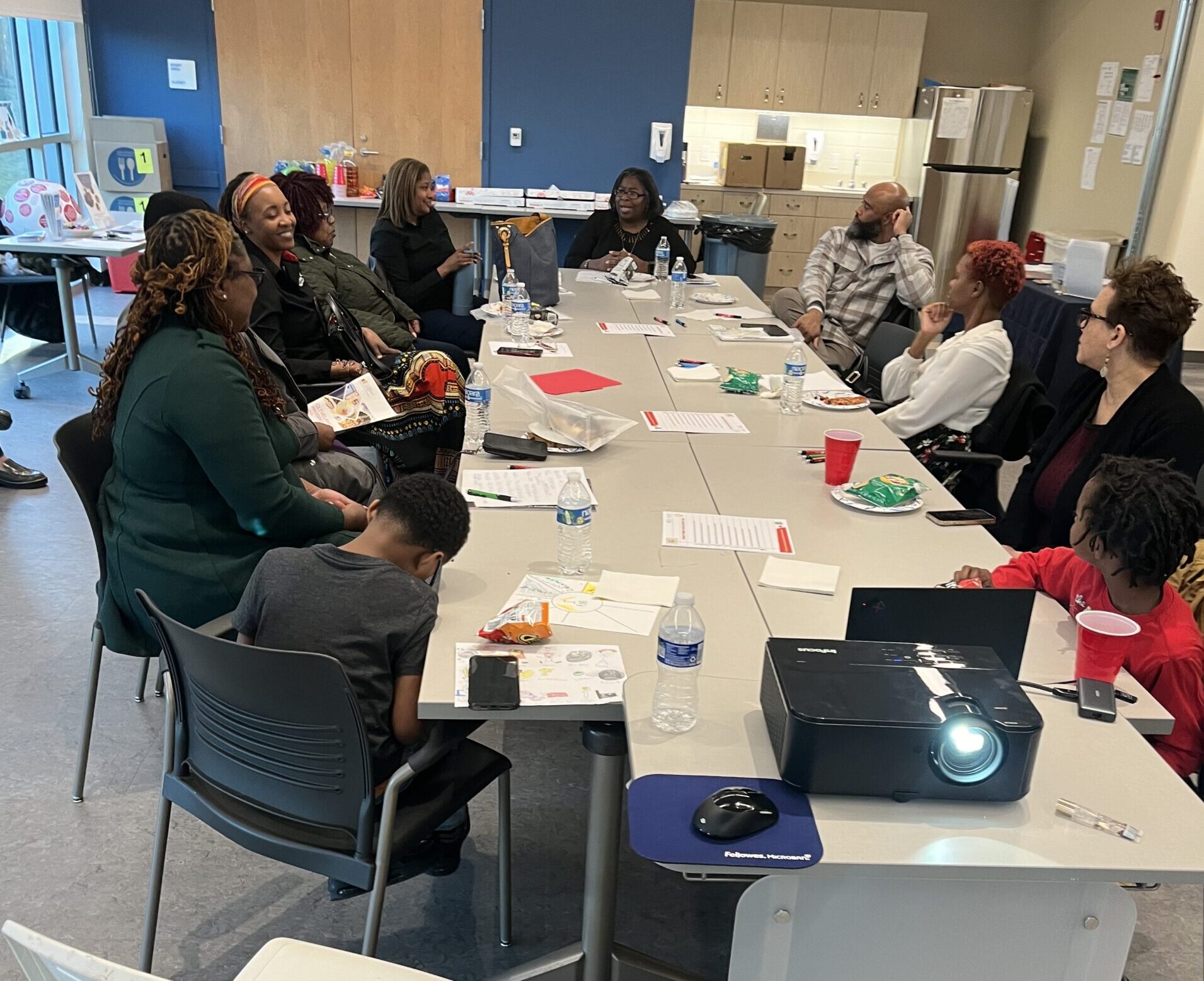Education policy is significantly shaped by both local and federal elections, as the officials elected to various government levels influence funding, curriculum standards, school safety, and more. Here’s a breakdown of how each level impacts education policy:
1. Local Elections:
- Mayors and City Councils: In Cleveland, the mayor plays an important role in education as he/she appoints the school board members, which controls the district’s budget, and appoints the CEO.
- Local Funding: Local governments control a significant portion of school funding, primarily through property taxes. Elected officials at this level decide how much funding goes to schools and how it is allocated, which can directly affect teacher salaries, class sizes, and school facilities. Issue 49 is a levy on the November 5, 2024, ballot that will affect CMSD and partnering charter schools. Learn more here.
2. State Elections:
- Governors and State Legislatures: Governors and state legislators make important decisions about education funding and policy. They control a large share of the funding and set standards for curriculum, testing, teacher certification, and graduation requirements.
- State Education Boards: In Ohio, these members are elected by voters and appointed by the Governor. They play a critical role in developing state-wide education policies and setting teaching standards.
3. Federal Elections:
- President and Congress: At the federal level, elected officials determine the extent of federal funding for education and set broad education policies. Federal influence includes:
- Federal Funding: The federal government provides funding through programs like Title I for disadvantaged students, the Individuals with Disabilities Education Act (IDEA), and grants for higher education. Changes in these programs can significantly impact local schools.
- Policy Initiatives: Federal initiatives such as the Every Student Succeeds Act (ESSA) and No Child Left Behind (NCLB) shape how states measure and improve student achievement. Federal policies may require standardized testing, accountability measures, and reporting on school performance.
- Department of Education: The Secretary of Education, appointed by the President, can implement regulatory changes that impact national education policy.
4. Levy issues and ballot initiatives:
- In many states, voters directly impact education through ballot initiatives. In Ohio, levies propose new funding for schools, and approve or reject taxes or bonds for school construction. Ballot measures could also affect education policies such as school choice or voucher programs.
Influence of Elections on Specific Education Issues
- Funding: Elections can significantly influence education funding at all levels. Candidates often propose increases or cuts to education budgets, which can have ripple effects on teacher salaries, resources, and overall school quality.
- Curriculum Standards and Content: State and local elected officials influence the curriculum taught in schools. For example, debates over teaching topics like history, science, and sex education often reflect the values of those elected.
- School Choice and Charter Schools: Elections can determine the extent to which charter schools, voucher programs, and other forms of school choice are supported or opposed.
- Teacher and Staff Policies: Elections can affect policies related to teacher evaluations, tenure, pay scales, and collective bargaining rights.
In short, education is always on the ballot because education policy reflects the priorities of those in power. Elections shape what schools emphasize, how they are funded, and what students learn.



